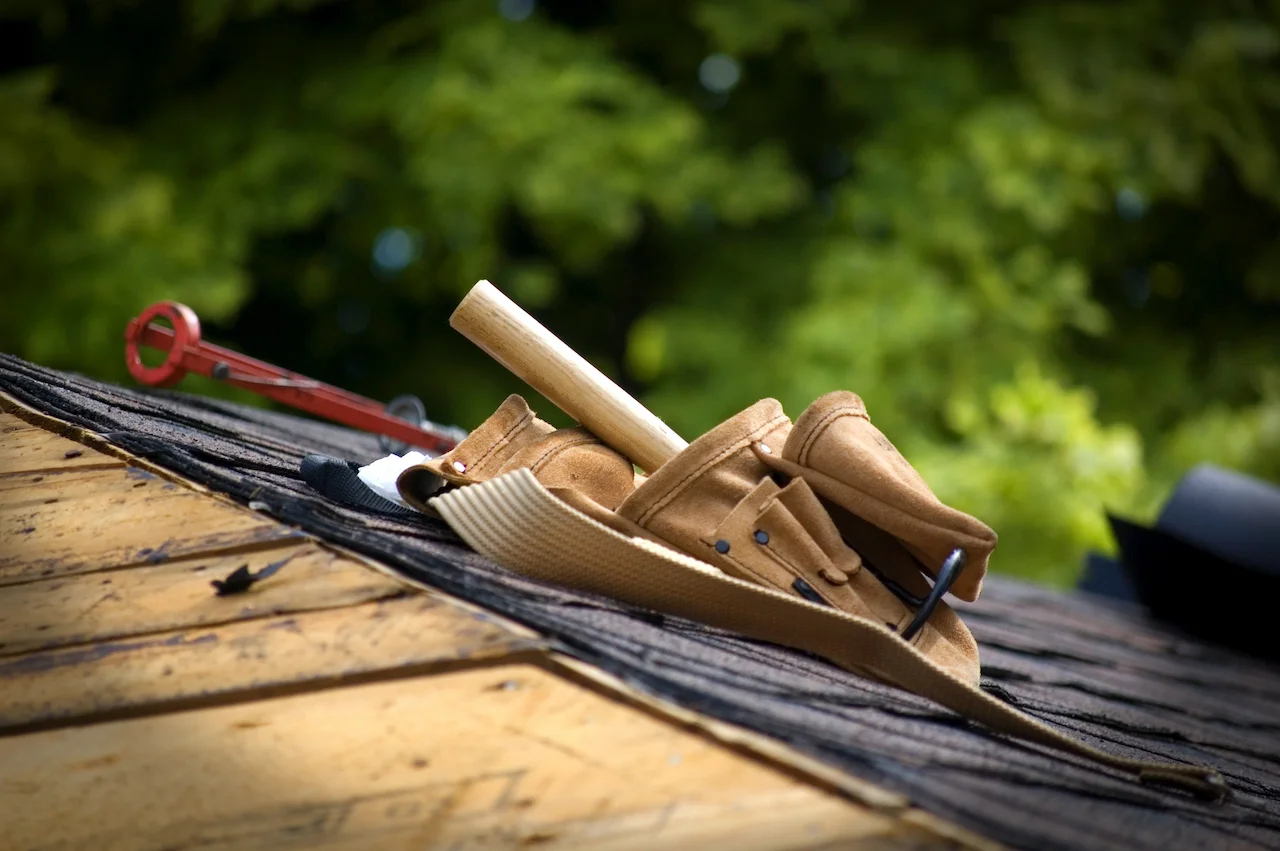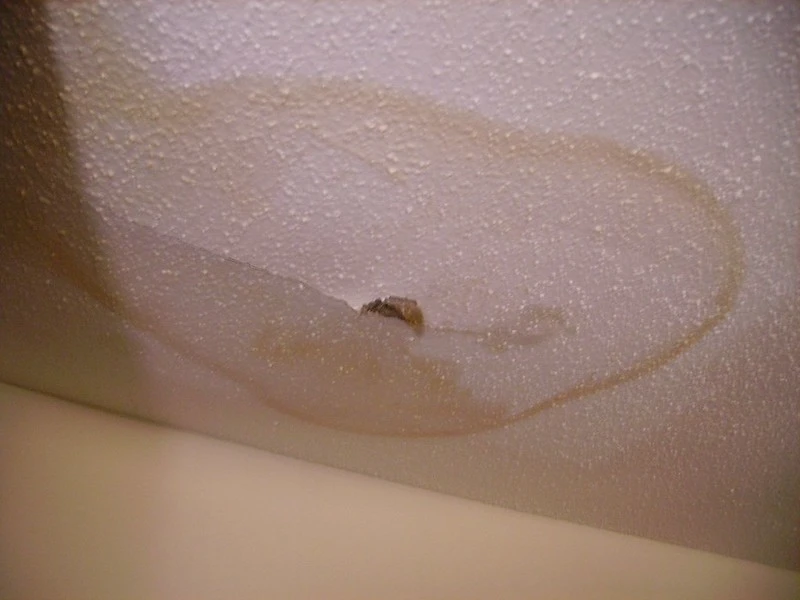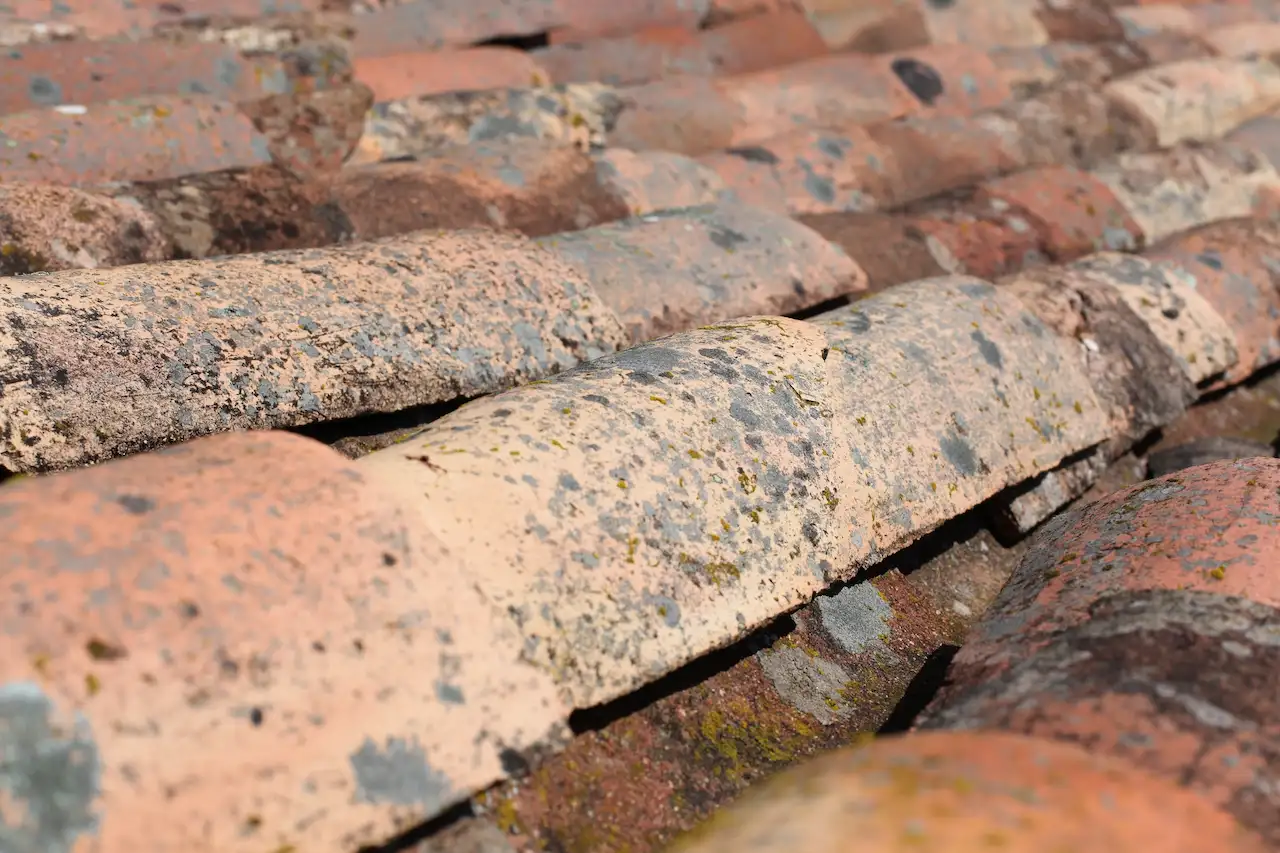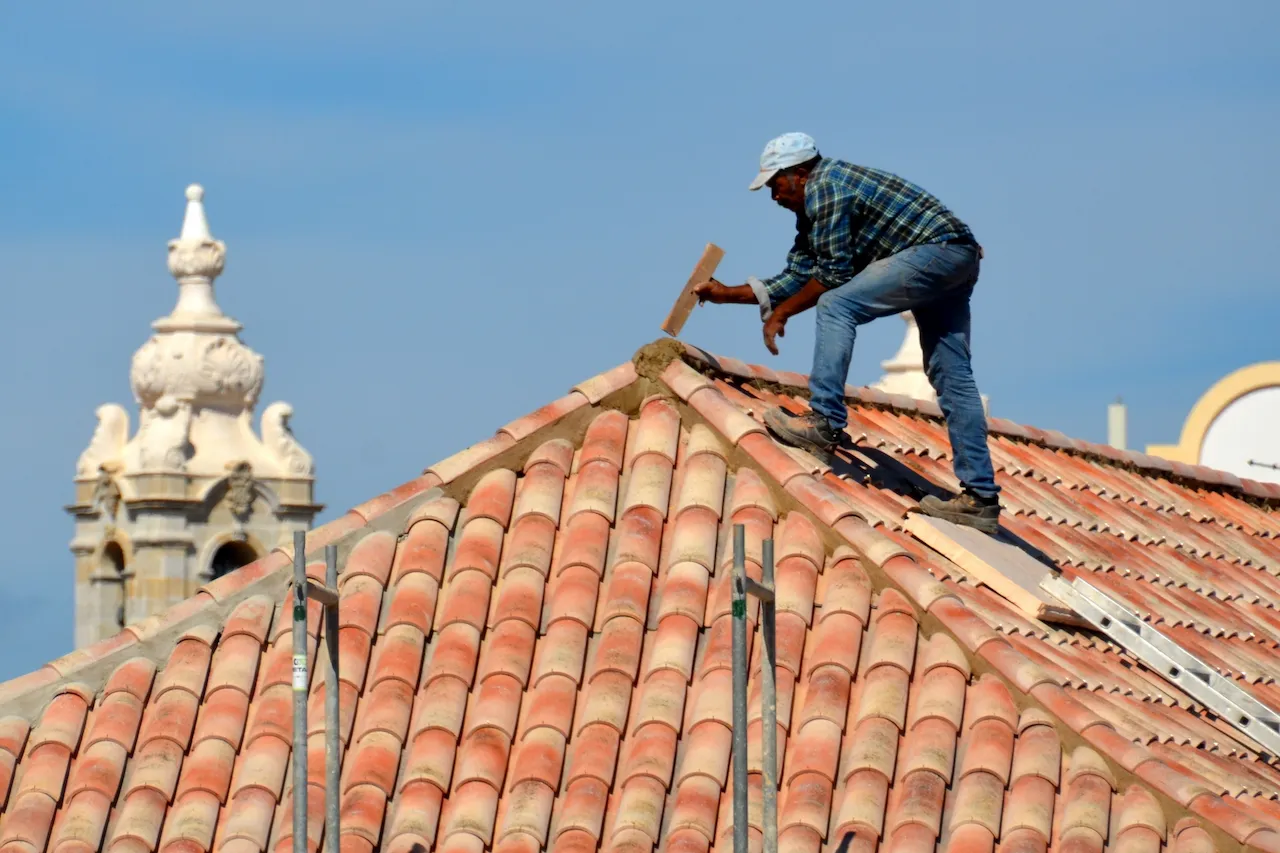The UK is about to head into its drizzliest months. And there’s one thing that can quickly turn cosy evenings indoors into a nightmare – a leaky roof.
A small drip might not seem like a big issue at first. But leave it long enough and it can wreak mayhem on your home.
Pricey repairs and a lot of needless hassle aren’t what you want.
The good news? A bit of pre-emptive care can go a long way. With a few simple checks and regular upkeep, you can keep your roof in tip-top shape and avoid those feared water stains on the ceiling.
Don’t panic – we’ll walk you through some straightforward steps to help keep your roof waterproof and ready to face whatever the British weather throws at it.
Prevention, as they say, is always better than a mammoth repair bill!
Know Your Roof
You need to know what you’re dealing with before you can properly care for your roof.
The UK’s damp and windy weather affects different materials in distinct ways.
Take slate roofs – they’re common in older homes and are generally durable. However, individual slates can slip or crack over time.
Meanwhile, tiled roofs are brilliant for shedding water but can still develop weak points, mainly around ridges and edges.
On the flip side, flat roofs are notorious for pooling water, which can quickly lead to leaks if not addressed.
Want to figure out what kind of maintenance you need?
Firstly, you must thoroughly understand what type of roof you have. Once you know, you can focus on the right preventative steps to keep it in great condition throughout the wet months.
Inspect Often
Want to prevent leaks? Of course, you do.
Inspect your roof as often as you can – it’s your best protection.
Check it every few months – or after exceptionally blustery weather. It’ll save you a ton of headaches in the long run.
You don’t need to get up on the roof yourself (and we wouldn’t recommend it unless you know what you’re doing).
Instead, take a look from the ground with a pair of binoculars or have a professional do it.
So, what should you keep an eye out for?
- Loose or missing tiles
- Sagging sections
- Any signs of deterioration.
If you catch these issues early, you could prevent a small problem from turning into a massive leak.
Even if everything looks fine, it’s still worth having a professional inspection once a year, just to be sure nothing’s been missed.
Clean Your Gutters and Downspouts
It might not be the most glamorous of jobs. But keeping your gutters and downspouts clear is an essential part of stopping roof leaks.
If leaves, twigs, and other debris clog up your gutters, water has nowhere to go. Instead of flowing away from your roof, it can start pooling. That’s when the trouble starts.
Water will find the easiest path – and occasionally that’s straight into your home.
What can make all the difference is to give your gutters a swift clean every couple of months – you’ll especially want to do this after autumn’s leaf fall.
Not a fan of climbing ladders? There are plenty of reasonably-priced gutter cleaning services out there. It’s one of those jobs that’s easy to overlook, but your roof will thank you for it!
Check for Signs of Damage or Wear
Sometimes, your roof might be hiding issues that aren’t immediately obvious. So, keep an eye out for any signs of wear or damage.
Missing or broken tiles are obvious culprits. But check areas around chimneys, vents, and skylights – these are prime places for leaks to develop.
If you notice any cracked tiles or suspect there’s damage, it’s worth sorting it sooner rather than later. Even small gaps can let in water, which can then seep into your roof’s structure and cause rot or mould.
Noticed damp patches on your ceilings or walls? That’s another sure-fire sign that your roof might need some attention. Catch these things early, and there’s less chance of it turning into bigger, more expensive glitches.
Seal and Secure
Even the best roofs have weak points, mostly around chimneys, vents, and skylights.
These areas are more susceptible to leaks, so make sure they’re properly sealed.
Over time, the sealant can wear away, crack, or lift, letting rainwater sneak in.
You can help secure these areas with some roofing sealant. But if you don’t feel all that confident about DIY jobs like this or the destruction looks widespread, it’s probably best to call in a roofer.
Insulate and Ventilate
Keeping water out is super critical. However, you also need to take care of what’s going on inside your roof.
Proper insulation and ventilation can stop condensation in its tracks, which can cause its own set of complications.
When warm air rises from your home and hits a cold, poorly insulated roof, condensation can form. Eventually, this leads to dampness, mould, and even rot.
So, make sure your loft or attic is well-insulated and ventilated. Good airflow helps keep moisture levels down, and the right insulation will safeguard your roof from the inside out, notably in winter when the temperature plunges and heating climbs.
When to Call an Expert
While there’s a lot you can do yourself to keep your roof free of leaks, sometimes it’s best to bring in the pros.
Handling extensive damage? Are numerous tiles missing? Or are you experiencing issues like sagging? It’s time to call a roofer.
Climbing up there yourself in wet or windy conditions isn’t worth the risk.
A professional will spot troubles you might miss and can fix them accurately. This saves you some pennies in the long run.
Even better, if your roof is under warranty, DIY repairs might void it. So, when in doubt, leave it to the specialists!
Planning for Emergency Repairs
But alas. Despite your best efforts, a leak might happen during a downpour. In this case, you’ll want to be ready.
Here are a few ways you can prepare:
- Keep some roofing tape or tarpaulin handy for a quick fix until the weather clears up.
- Grab a bucket and move any valuables out of harm’s way if water starts coming in.
- Have the number of a reliable roofer on hand.
The Takeaway
Pay your roof a bit of attention before the rain starts pouring – it’ll save you a lot of drama, not to mention money.
So, check it often, keep your gutters clear, and seal any potential problem areas.
That way, you give your roof the best chance to stand up to the cruellest of the UK weather.
And if things fall apart, call in the pros – an ounce of prevention is worth a pound of cure.
On the hunt for high-quality roofing materials? E-Roofing is your one-stop shop. We supply a whole raft of products from reputable manufacturers, offering our customers a combination of quality and affordability.









